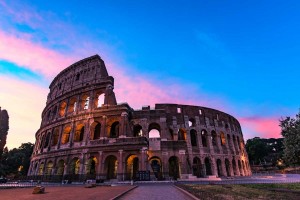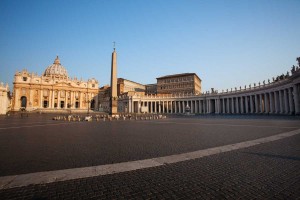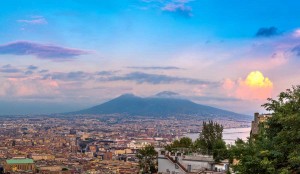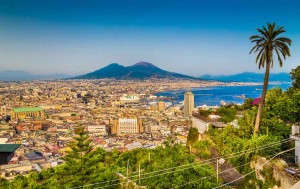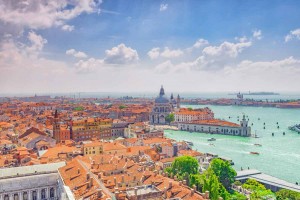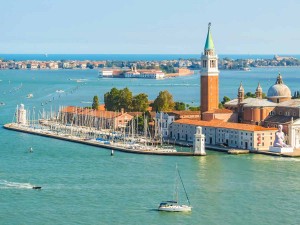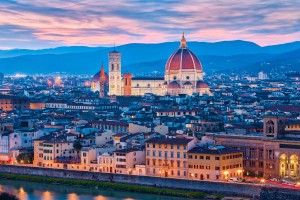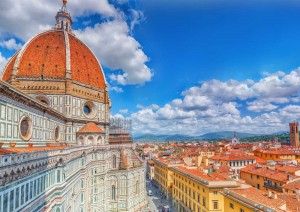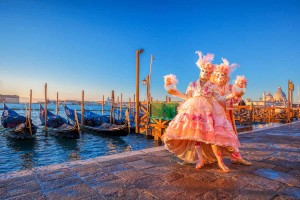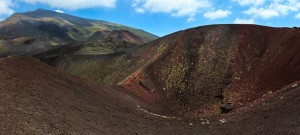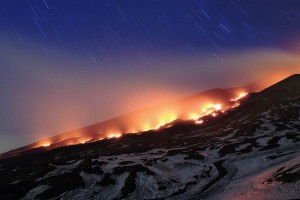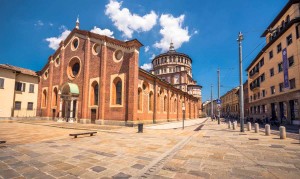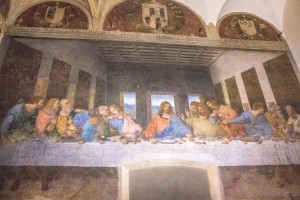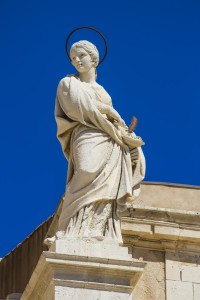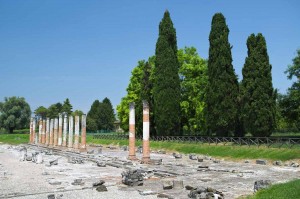
©Bigstock.com/saccobent
The Roman Empire left its mark on many parts of Europe, most of all, certainly, in Italy. One of the major trade and transport towns of the former empire is now hidden away in the northeast, close to the Slovenian border. Being home to approx. 3,300 people, Aquileia in Friuli-Venezia Giulia is a rather picturesque place housing undreamt-of art treasures. Its archaeological area, which still hasn’t been fully screened and sighted, and the medieval basilica were declared UNESCO World Heritage Site in 1998. If you’re interested in Roman history, you absolutely have to visit Aquileia!
Roman outpost and transport nodal point
Compared to its later glory, Aquileia’s origins seem fairly modest. Having prevented an advance in Celtic settlement, 3,000 Roman veterans founded a military colony on today’s town grounds. They established a connection between the swampy land and the Adriatic coast via the river Natissa, further developing it via Canale Anfora. Aquileia quickly became an important land and water transport nodal point connecting the Adriatic Sea with the inland lagoons. Various Roman roads made the environs accessible even running as far as Dalmatia and Greece. This unique location turned Aquileia into a trade metropolis with a population explosion of approx. 30,00 inhabitants during the Roman Iron Age.
At the same time, the town served as a stronghold and outpost to prevent barbaric attacks seeing multiple sieges over the course of centuries. Attila’s Huns destroyed Aquileia in 452. The sanding-up of the port during the Migration period and the rise of Venice caused decreasing importance. The only thing keeping the town somewhat relevant was the Patriarchate of Aquileia, which brought a religious boom with it starting as early as the 4th century. Up to its dissolution around 1751, several bishops and cardinals brought Christian beliefs from here to the entire Alps. Later incorporated into the Austro-Hungarian Empire, Aquileia became part of Italy after World War I.
The archaeological area
The Hun invasion resulted in the loss of many a magnificent building, which was thought to be permanent for many, many years. Extensive excavations over the last decades, however, unearthed a plethora of ruins and mosaics. The secured archaeological area is so vast that it hasn’t been fully screened and sighted to this day. Some highlights of ancient Roman power are now open to the public, other became part of the town museum. Here are some of the documents of Aquileia’s former glory you mustn’t miss out on:
- Roman Forum: The main square of Roman Aquileia dates back to the 2nd century AD. Numerous stores, assembly rooms and the administrative centre used to be in the arcades.
- Inner harbour: Originally, this BC harbour connected the Adriatic Sea with the lagoons. You’ll come across the ruins of former mountings of the halls and the river bed.
- Cemetery: In Roman times, all graves had to be outside the city walls. Five large family gravesites are among the already screened sites – to this day the only documented Roman cemetery of Aquileia.
- Other constructions: You will come across many other Roman highlights while checking out the archaeological area, which is why we recommend a guided tour. Your guide leads you to various mausoleums and protective barriers, living facilities and the amphitheatre.
- National Archaeological Museum: Opened in 1882, it houses one of the most important and largest archaeological collections in Northern Italy. Most of the exhibits came from Aquileia’s archaeological area dating back to somewhere between the 2nd century BC and the 5th century AD. Artefacts from Roman everyday life and the lapidarium with its artistic mosaic are absolute must-sees.
Basilica of Aquileia
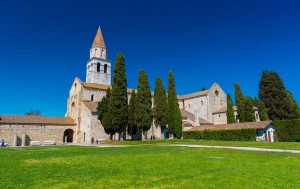
©Bigstock.com/RS.photography
Aside from these archaeological sites, the medieval town basilica was also declared UNESCO World Heritage Site. Found on the outskirts, it initially seems to be a rather unusual choice considering the other Roman sites. You probably won’t be surprised to hear that the basilica, which was finished in 1031, is actually a full restauration and partial re-construction of an ancient religious building destroyed by the Huns. Patriarch Poppo, son of a German count, was inspired by St. Michael’s Church in Hildesheim and attempt to capture its unique look, only substituting the western choir for a campanile to meet Italian aesthetics.
The basilica gained international fame through its ostentatious mosaic floor. Its many layers were only laid open over the course of many years with the oldest one dating back to the 4th century AD exhibiting late-Roman and early-Christian influences. Over 1,000 m² of mosaics depict animals and religious scenes. We recommend looking into the pre-Christian halls and the Byzantine-style vested crypts forming a fascinating contrast to the Roman-Gothic basilica.
Aquileia’s archaeological area and the basilica with its impressive mosaics might be insiders’ tips among Italy’s many UNESCO World Heritage Sites, but they are among the most beautiful without doubt. If you’re interested in history, we recommend checking out this former trade centre of the Roman Empire. We wish you lots of fun and safe travels!
